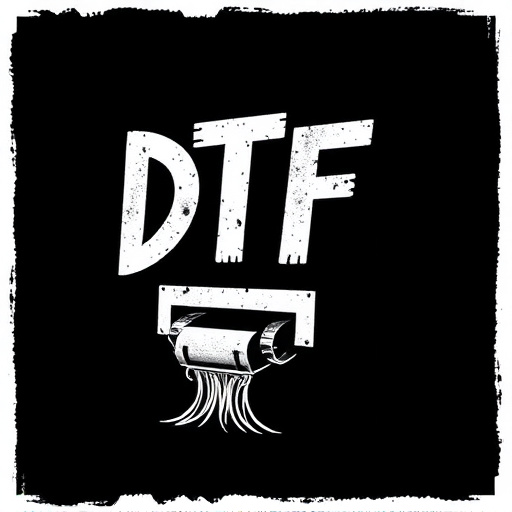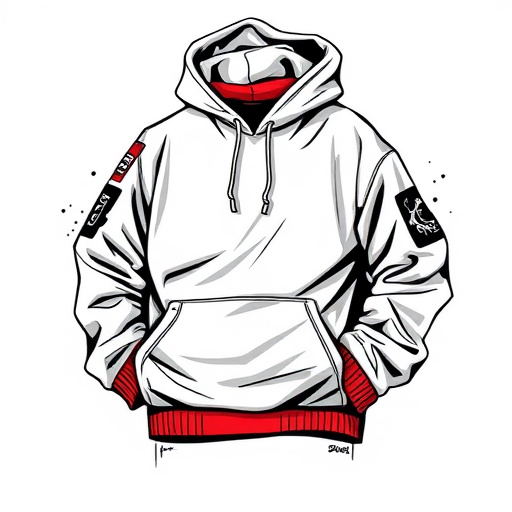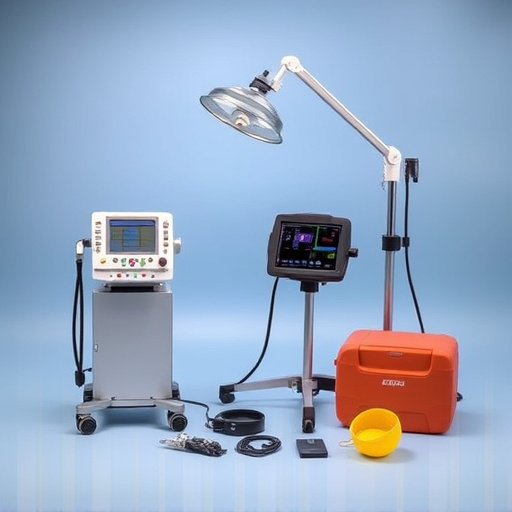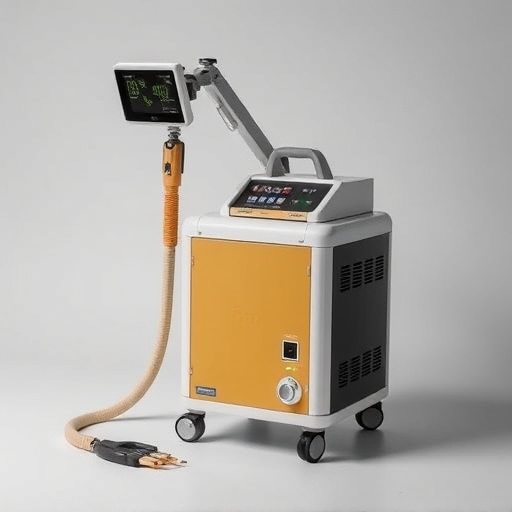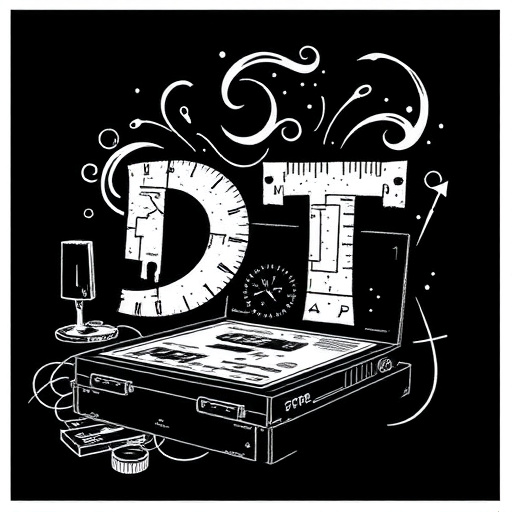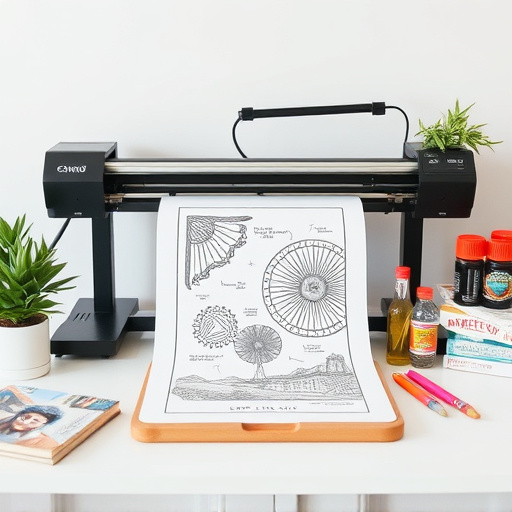DTF Small Orders revolutionize heat press businesses by offering a dynamic, efficient solution for producing custom dtf transfers and film, minimizing waste and setup time compared to traditional methods. To streamline this process, identify bottlenecks, optimize workspace, adopt digital file transfer methods, standardize procedures, define early specifications, invest in high-quality equipment, and maintain detailed order records. This systematic approach enhances efficiency, reduces preparation time, ensures consistent results, improves deadline adherence, and boosts client satisfaction through quick turnaround times and vibrant, long-lasting prints tailored to small orders.
Optimizing your workflow for DTF small orders can significantly boost productivity and profitability. This guide explores how to effectively navigate the unique demands of these orders, ensuring efficient operations. We’ll delve into understanding DTF small orders, streamlining your workflow with practical steps, and share best practices for outstanding results. By implementing these strategies, you’ll revolutionize your approach to DTF small orders, enhancing overall efficiency.
- Understanding DTF Small Orders: Unlocking Efficiency
- Streamlining Your Workflow: A Step-by-Step Guide
- Best Practices for Optimal Results with DTF Small Orders
Understanding DTF Small Orders: Unlocking Efficiency

Understanding DTF Small Orders is a game-changer for businesses looking to optimize their workflow. DTF (Direct-to-Fabric) small orders allow for a more agile and efficient process, particularly in the heat press industry. By streamlining the production of custom dtf transfers and dtf transfer film, businesses can meet the diverse demands of customers who seek unique, personalized items without the overhead associated with larger order volumes.
This approach unlocks several efficiency gains. For one, it enables quicker turnaround times, as smaller orders require less setup and processing. Additionally, it minimizes waste by using only the necessary materials for each specific dtf transfer, which is particularly beneficial when compared to traditional printing methods that often involve bulk production and significant scrap material. Embracing DTF small orders can be a powerful strategy for heat press businesses aiming to enhance productivity and customer satisfaction.
Streamlining Your Workflow: A Step-by-Step Guide

To optimize your workflow for DTF small orders, begin by identifying bottlenecks and streamlining processes. First, assess your current setup: organize tools, materials, and storage to minimize movement and maximize efficiency. Digital file transfer methods, such as cloud drives or dedicated software, ensure quick and secure access to designs, reducing preparation time.
Next, standardize procedures for DTF printing. Create a checklist for each stage, from design approval to final quality check. For logos DFT on clothing brands, define specifications early: color profiles, fabric types, and desired finish. This standardization facilitates faster production and ensures consistency across orders, making your workflow more manageable and client interactions smoother. Remember, efficient handling of DTF small orders is key to meeting deadlines and maintaining customer satisfaction.
Best Practices for Optimal Results with DTF Small Orders

To achieve optimal results with DTF (Direct-to-Garment) small orders, several best practices should be implemented. Firstly, streamline your design process by utilizing custom sheets tailored for heat pressing designs onto garments. This ensures precise and consistent application of prints, enhancing overall quality. Incorporate a digital workflow, leveraging software tools to effortlessly transfer designs from concept to production, simplifying the entire procedure.
Moreover, invest in high-quality DTF printing equipment and materials to guarantee vibrant, long-lasting colors. Maintain meticulous records of each order’s specifications, including fabric type, garment style, and desired print placement. This systematic approach allows for efficient inventory management and quick turnaround times, catering to the unique demands of small orders.
Optimizing your workflow for DTF Small Orders can significantly enhance productivity and efficiency. By understanding the unique aspects of these orders and implementing streamlined processes, you can ensure a smooth and successful experience. The step-by-step guide provided offers a practical approach to improving your workflow, while best practices guarantee optimal results. Embracing these strategies will not only benefit your business but also enable you to effectively navigate the challenges associated with DTF Small Orders, ultimately fostering better client relationships.


